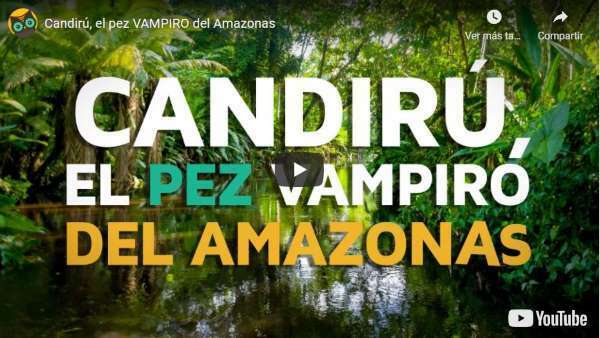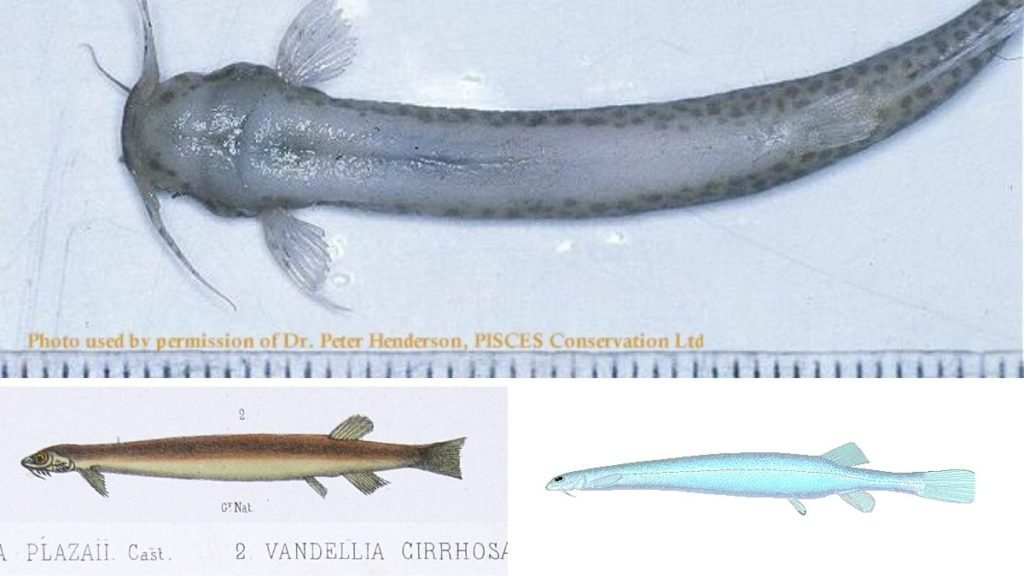
The canero ( Vandellia cirrhosa ) or candirú, which is the name used in Brazil and in the lower Amazon, is an unusual fish in the Amazon, especially because of its behavior.
Its body is almost transparent, elongated, about 2 to 5 cm long, and almost 4 mm wide, and it has the ability to enter the cavities or orifices of the body of its victims to suck their blood.
The candiru is a fish with such a particular activity that some zoologists have proposed calling it Urinophilus diabolicus.

Dr. Rafael Cartay is a Venezuelan economist, historian, and writer best known for his extensive work in gastronomy, and has received the National Nutrition Award, Gourmand World Cookbook Award, Best Kitchen Dictionary, and The Great Gold Fork. He began his research on the Amazon in 2014 and lived in Iquitos during 2015, where he wrote The Peruvian Amazon Table (2016), the Dictionary of Food and Cuisine of the Amazon Basin (2020), and the online portal delAmazonas.com, of which he is co-founder and main writer. Books by Rafael Cartay can be found on Amazon.com
➡️ The attack of the candiru
The indigenous people say, some call this belief indigenous myths , that if men urinate when bathing in fast-flowing rivers , the fish enters through the orifice of the penis until it lodges in the urethra.
There, they fix themselves on the walls, with a kind of hooks that their body has, to feed on the blood of their victims. These hooks or thorns prevent or hinder their removal later.
It also happens with women, particularly when they have menstruation. The candiru or canero is inserted into the vagina, probably attracted by the smell of blood.

➡️ Symptoms of candiru in humans
The problem caused by the candiru is very serious, because the affected person suffers from great pain , which only goes away when this “vampire fish” is removed from the parts where it has settled to feed.
And there is no way to remove it if it is not by surgery, which has been applied on the few occasions that have happened, as happened with a young man in his twenties who was bathing in an Amazonian river, in October 1977, when he suffered the mishap, and It is also the only known case.
The first record of a naturalist about the canero or candiru was made by the German traveler Carl Friedrich von Martius (1794-1868).
From then on, the canero was mentioned in many traveler’s stories from the 18th and 19th centuries, in which there was almost always a lot of fantasy.

➡️ How to protect yourself against this vampire fish?
The natives insist on the danger of the fish, and fear the action of the canero. And rightly so, it is to be feared. The indigenous men bathe in the river taking some minimal precautions: they bathe with their backs to the current, covering their penis with one hand and their rectum with the other.
Others use a kind of fabric, made with palm leaves, that completely wraps their penis, while they cover their behinds with their hands.
They also protect themselves using a kind of suspensory made from coconut shells, or the bark of certain trees.
Women bathe by covering their vagina with palm tissues. And they don’t bathe during the days when they have their period.
Some fearful tourists use condoms to protect themselves , never going completely naked into river waters.
But perhaps all this is an Amazonian legend, of the many that exist in the region (Spotte 2003, Bauer 2013, Mehlhorn 2013).
➡️ Remedies against candiru
Traditional indigenous medicine uses the juice of the leaves of a wild plant known as xagua, jagua, caruto, genipa, of which little is known with certainty about its properties to eliminate the perverse effects of the aggressive fish.
It is probably the jagua or huito ( Genipa americana ) , which is a tree of the Rubiaceae family.


Healers claim that its juice separates the candiru or canero from the victim’s genital canal , dissolving it. Some even point out that it is necessary to insert small pieces of the fruit to heal or drink hot infusion made with the fruit.
The huito is a tree, 10 to 15 meters high, with a straight trunk about 80 cm in diameter. It produces fruits, smooth ovoid berries, acute at the ends, rich in tannin, but which are, however, edible.
Inside it has a juicy pulp, and a sweet and sour taste. Various parts of the plant are used for medicinal purposes.
Medicinal uses of Genipa Americana
The seeds, ground and mixed with water, are used as an emetic. Its fruits are used to calm diarrhea, asthma and cough. An infusion is made from the bark that is used to cure internal bleeding.
➡️ Vampire fish? Myth or Reality
The most comprehensive review study I know of on canero and its effects was done by IL Bauer in 2013.
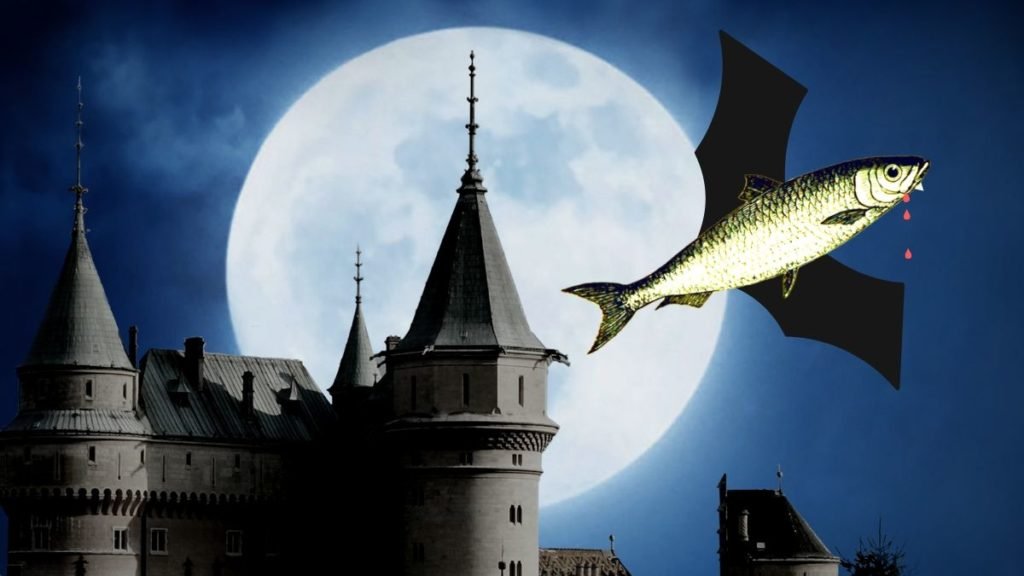
The conclusion reached, after an exhaustive review of the related literature, is that there is no evidence that the canero is attracted by urine, or by any other similar substance, or that it has attacked humans when they bathe.
The only reported case was the one that occurred in 1997, but the testimony of the “victim”, according to Bauer, is full of inconsistencies and is not reliable, because it indicated that the fish jumped out of the water and ascended through the column of its urine until it entered the his penis.
Bauer points out that even if the candiru could accommodate itself in a urethra, it could not survive there, without oxygen and without space to “swim” for no more than a few minutes: the fish “definitely cannot make its” home “in there.” ” (Bauer 2013).
Despite the widespread belief among indigenous people that this vampire fish gets into the holes of the penis, vagina or anus of bathers in rivers with strong currents, there are not many known cases in which accidents of this type have been recorded. between human beings.
But it is common that they occur with fish and other aquatic animals : the candiru enters their gills or gills, which are the respiratory organs, parasitizing them to feed on their blood.
➡️ The only vertebrate that parasitizes the human being
But, what is the canero or candiru?
This “vampire fish” has the sad reputation of being the only vertebrate that parasitizes man.
However, it is hardly studied by specialists, due to its minimal occurrence and because it differs greatly from the many types of diseases that are transmitted to man through animal agents, which are known as parasitic zoonoses.
But it can happen.
Especially when human beings enter unknown ecosystems and have contact with unknown animals. That can be the case of the canero, candirú, vampire fish or horny fish.
The candirú is a small, thin and elongated fish, widely distributed in all regions of the extensive basin .
Due to its very particular characteristics, it becomes practically undetectable in the water of the Amazonian rivers with strong currents.
It belongs to the Siluriformes order, and to the Trichomycteridae family, which identifies it with the catfish, which many of us know, and which are species with smooth skin, devoid of scales, whose meat is highly valued for human consumption.
➡️ The canero as an ornamental fish
There are several species of fish very similar to the candirú, which are captured in Amazonian rivers to be marketed and exported as ornamental fish.
Perhaps the canero or candirú is among the fish exported for this purpose.
The issue of the so-called “vampire fish”, which perhaps acts as the avenging fish on behalf of the catfish we eat, has been little studied by medical science (PAHO 2003), because There are few, very few, cases in which genital parasitism has been verified with certainty due to the action of this impertinent little fish that produces so much terror, perhaps unjustifiably, among tourists who visit the Amazon and bathe in the rivers of the basin .
Bauer (2013) points out that the threat of the candiru does not warrant tourism agencies taking special precautions to assist tourists traveling to the Amazon.
VIDEOS of Candiru
Bibliography consulted
- Bauer, IL (2013). Candiru-A Little Fish With Bad Habits Need Travel Health Professionals Worry? A Review. Journal of Travel Medicine, Vol. 20, (2), 119-124.
- Chirif, A. (2016). Amazon Glossary. Castilian voices in the Peruvian jungle. Lima: Rain Publishers/ CAAAP.
- Mehlhorn, H. (2013). Myths and Reality: Candiru, the Bloodsucking Fish That May Enter Humans, in: Wimpel S, Mehlhorn H (eds). Bats (cichlostera) as Vectors of Diseases and Parasites . Parasitology Research Monographs, Vol. 5, Springer, Berlin, Heidelberg.
- Pan American Health Organization (PAHO). (2003). Zoonoses and communicable diseases common to man and animals. Washington: PAHO. 3rd ed.
- Spotte, S. (2003). Candiru. Life and legend of the bloodsucking catfishes. Book review. Q. Rev. Biol. , 78, 365-366.
- Velez-Boza, F. and Valery de Velez, G. (1990). Food plants of Venezuela. Caracas: Bigott Foundation/ La Salle Society of Natural Sciences.
November 16, 2019
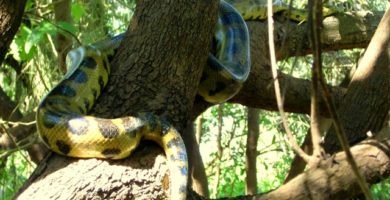
Anaconda: green and giant
November 13, 2019
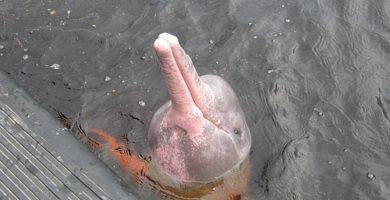
Amazon River Dolphin – Facts, Diet, Habitat, Species and more!
October 31, 2019

Amazon River tributaries
October 19, 2019

Amazon River fishing
October 19, 2019

Places for fishing in the Amazon River Basin: the cocha and the lagoons
October 11, 2019

Hunting and Fishing in the Amazon Rainforest
October 5, 2019
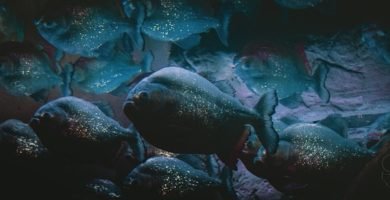
Amazon river fish: 7 unique species of the Amazon Basin
October 5, 2019

Amazon Basin
This post is also available in:
![]() Español (Spanish)
Español (Spanish)

